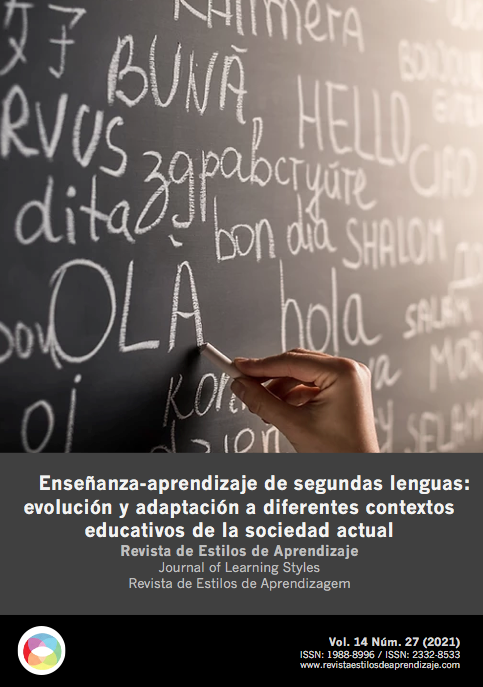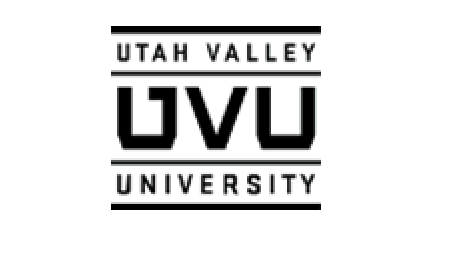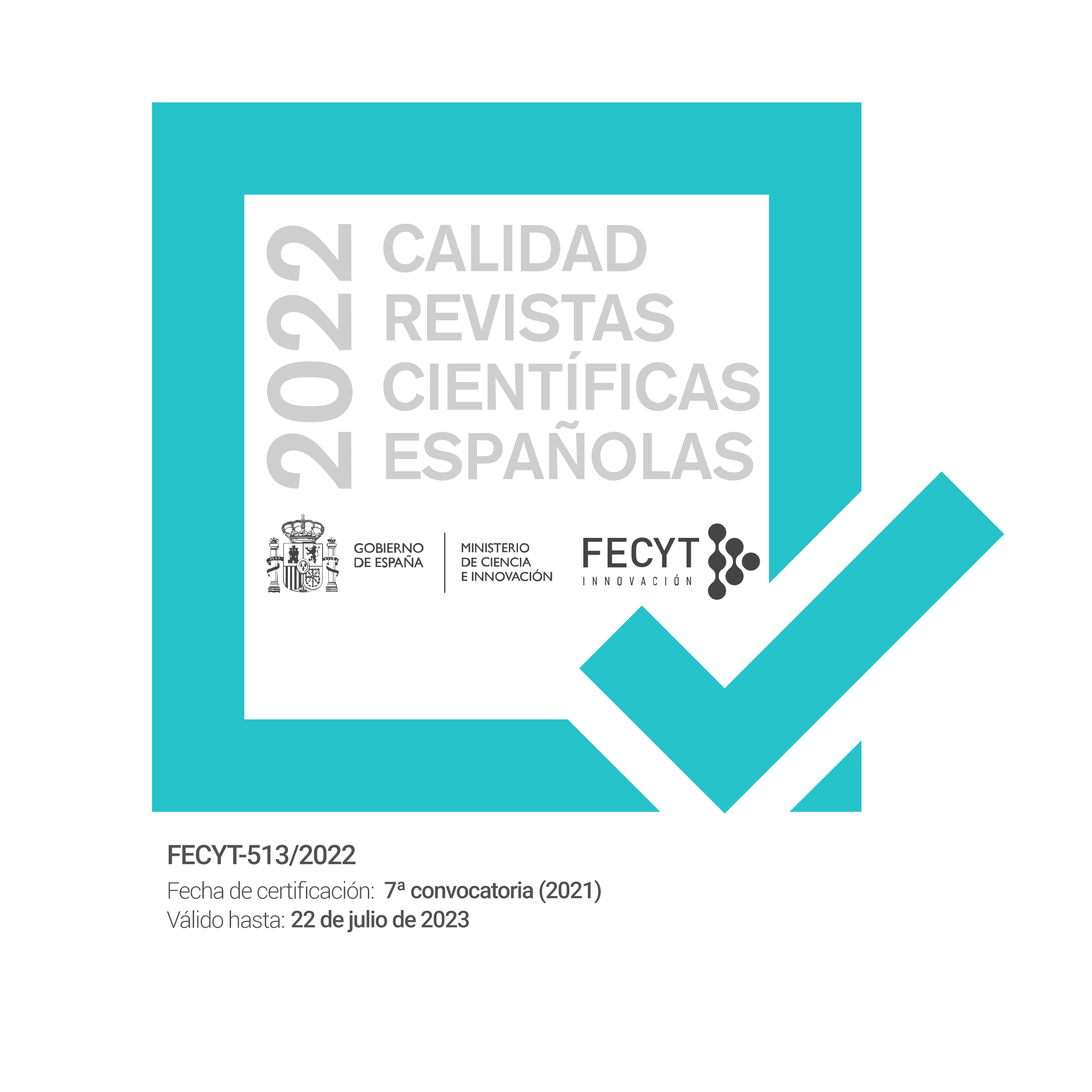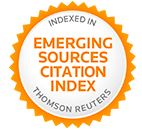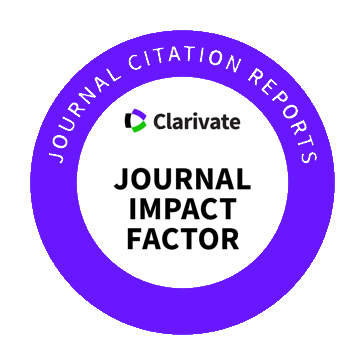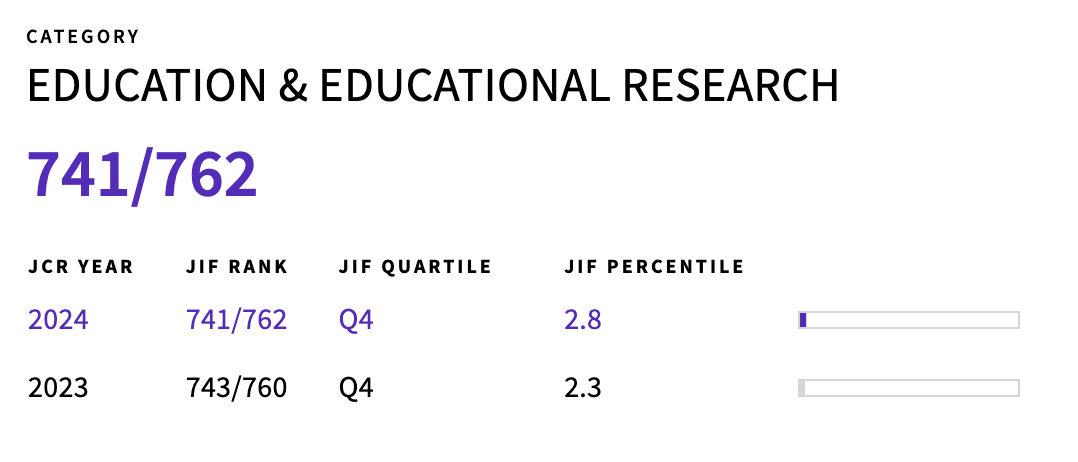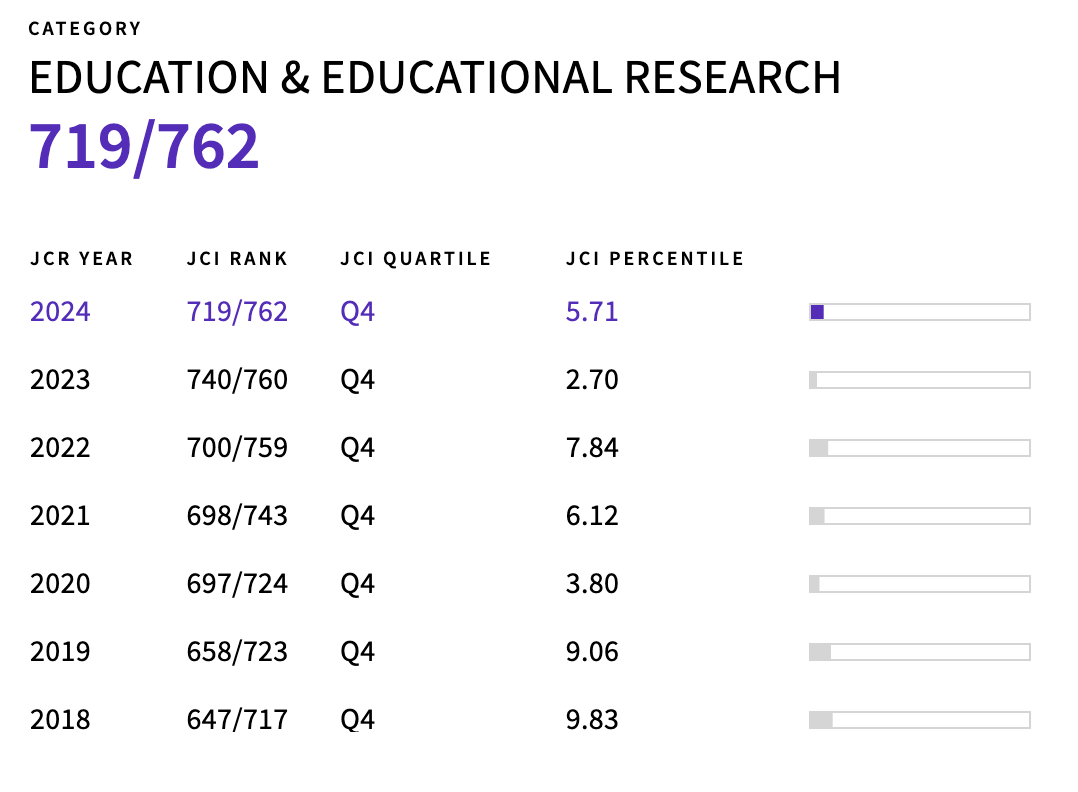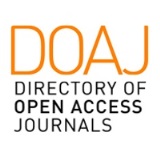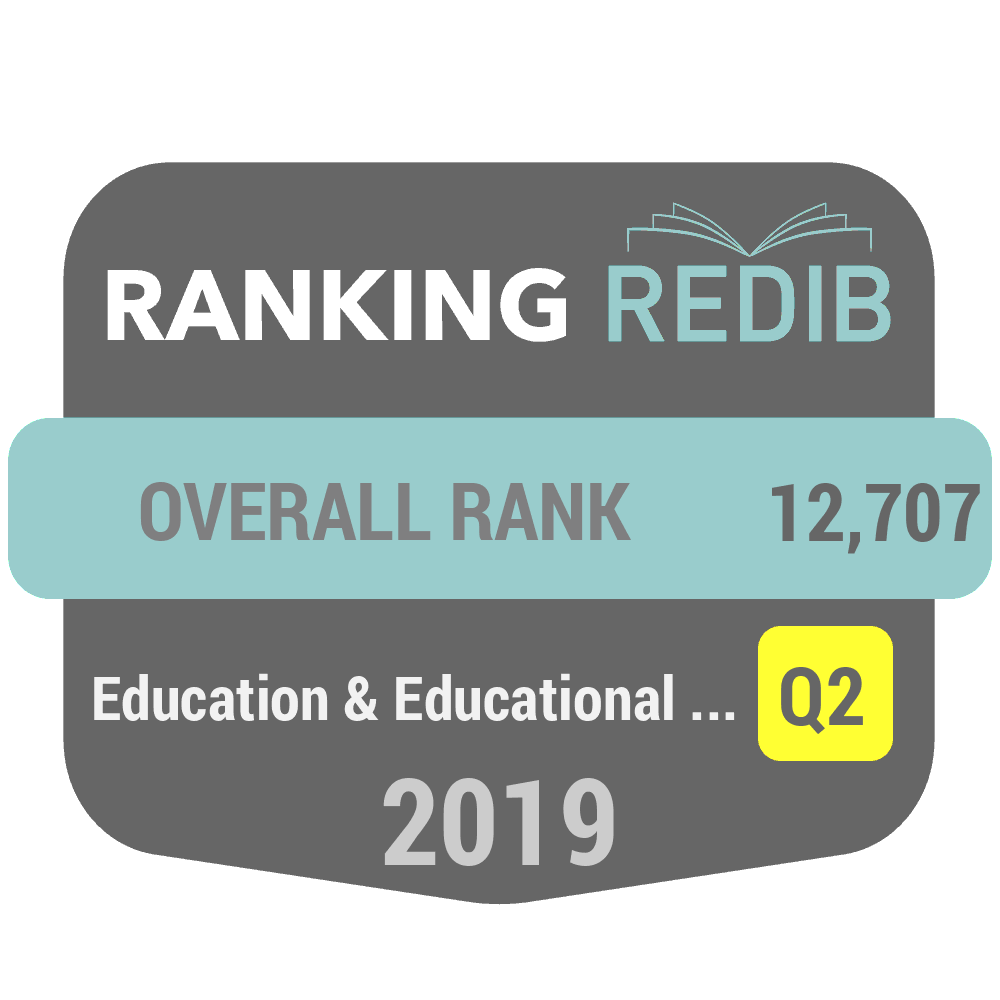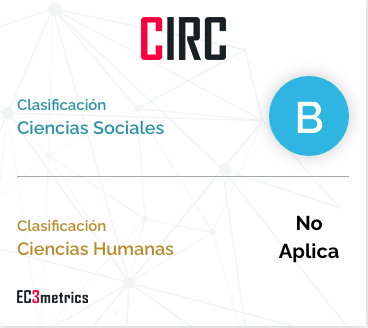Second Language Teaching and Learning: Evolution and Adaptation to the Different Educational Contexts of Present-Day Society
DOI:
https://doi.org/10.55777/rea.v14i27.3259Keywords:
Communication, Second Languages, Learning Styles, Teaching, LearningAbstract
Communication is without any doubt one of the traits that best defines the human species since the beginning of time. Without communication, the development and evolution of society to the current paradigms would not have been possible. Even though the human capacity to use more than one language has always existed, two events have been decisive in shaping the processes to teach and learn second languages: on the one hand, the consolidation and institutionalisation of Applied Linguistics as an independent science in the 20th century and, on the other, the establishment of the Common European Framework of Reference (CEFR) at the beginning of the 21st century.
Subsequently, the methodologies for teaching second languages underwent significant change, adopting communicative approaches geared at understanding and making oneself understood. In consequence, students’ learning styles were also modified. Moreover, the reasons for learning a second language have become more diversified and specialised, depending on personal and social needs.
In consequence, the models for teaching and learning foreign languages have transformed formal, non-formal and informal education, exerting their influence in a wide variety of environments, such as schools, high schools, universities, academies, social networks, cinema, television and gatherings of friends, amongst others.
Downloads
References
Al-Zoubi, S. M. (2018). The Impact of Exposure to English Language on Language Acquisition. Journal of Applied Linguistics and Language Research, 5(4), 151-162. Retrieved from https://www.jallr.com/index.php/JALLR/article/view/851
Alfaro, C., & Bartolomé, L I. (2017). La claridad ideológica del maestro bilingüe: un reto en la educación bilingüe de calidad. In M. D. Guerrero, M. C. Guerrero, L. Soltero-González, & K. Escamilla (Eds.), Abriendo brecha: antología crítica sobre la educación bilingüe de doble inmersión (pp. 95–117). Albuquerque, NM: Fuente Press.
Cook, V. (2008). Second Language Learning and Language Teaching (4th Edition). London: Hodder Education.
Council of Europe (2001). Common European Framework of Reference for Languages: Learning, teaching, assessment. Strasbourg: Council of Europe. Retrieved from https://rm.coe.int/16802fc1bf
Council of Europe (2018). Common European Framework of References for Languages: learning, teaching, assessment. Companion volume. Strasbourg: Council of Europe. Retrieved from https://rm.coe.int/cefr-companion-volume-with-new-descriptors-2018/1680787989
Dalton-Puffer, C. (2011). Content-and-Language Integrated Learning: From Practice to Principles? Annual Review of Applied Linguistics, 31, 182–204. DOI: 10.1017/S0267190511000092
Dolz, J. & Idiazabal, I. (Eds.) (2013). Enseñar (lenguas) en contextos multilingües. Bilbao: Servicio Editorial de la Universidad del País Vasco.
Ellis, R. (2010). Second language acquisition research and language teaching materials. In N. Harwood (Ed.), English Language Teaching Materials: Theory and Practice (pp. 33-57). Cambridge: Cambridge University Press.
Fernández, D. (2009). El inglés en Europa: origen y consolidación de una lengua franca. Odisea, 10, 57-69.
Fulcher, G. (2004). Deluded by Artifices? The Common European Framework and Harmonization. Language Assessment Quarterly 1(4), 253-266. Retrieved from http://languagetesting.info/articles/store/FulcherArtifice.pdf
García, O. (2009). Bilingual education in the 21st Century: A global perspective. Oxford: Wiley-Blackwell.
Herrera, V. (2005). Adquisición temprana del lenguaje de signos y dactilología. Revista Psicopedagógica REPSI, 77-78, 2-10.
Infante-Moro, A., Infante-Moro, J. C., & Gallardo-Pérez, J. (2019). The Importance of ICTs for Students as a Competence for their Future Professional Performance: the Case of the Faculty of Business Studies and Tourism of the University of Huelva. Journal of New Approaches in Educational Research, 8(2), 201-213. DOI: https://doi.org/10.7821/naer.2019.7.434
Jenkins, J. (2007). English as a Lingua Franca: attitude and identity, Oxford: Oxford University Press.
Jiménez-Martínez, Y., & Mateo, J. M. (2011). Implementación de la educación bilingüe en el sistema educativo español: hacia una educación de calidad europea. Revista de Psicología y Educación, 6, 153-172. Retrieved from http://www.rpye.es/pdf/64.pdf
Krashen, S. (1997). Why Bilingual Education? In ERIC Digest (pp. 1-7). Charleston: ERIC Clearinghouse on Rural Education and Small Schools.
Luzón, A., & Sevilla, D. (2015). La educación en los Objetivos de Desarrollo del Milenio y en los del Desarrollo Sostenible. Una estrategia de Naciones Unidas a favor de los derechos humanos. Educació Social, 61, 25-40.
Mahu, D. P. (2012). Why is learning English so beneficial nowadays? International Journal of Communication Research, 2(4), 374-376. Retrieved from https://www.ijcr.eu/articole/108_102_pdfsam_IJCR%204-2012%20tipo.pdf
Martín Sánchez, M. A. (2009). Historia de la metodología de enseñanza de lenguas extranjeras. Tejuelo, 5, 54-70.
Martín-Serrano, M. (2007). Teoría de la comunicación. La comunicación, la vida y la sociedad. Madrid: McGraw-Hill Interamericana.
Mears, T., De Graaff, R., & Coyle, D. (2020) Motivation for or from bilingual education? A comparative study of learner views in the Netherlands. International Journal of Bilingual Education and Bilingualism, 23(6), 724-737. DOI: 10.1080/13670050.2017.1405906
Muñoz, A. P. (2010). Metodologías para la enseñanza de lenguas extranjeras. Hacia una perspectiva crítica. Revista Universidad EAFIT, 46(159), 71-85. Retrieved from http://dehesa.unex.es/bitstream/10662/7035/1/1988-8430_5_54.pdf
Reiss, S. (2012). Intrinsic and extrinsic motivation. Teaching of Psychology, 39(2), 152-156. DOI: 10.1177/0098628312437704
Richards, G., & Armstrong, F. (Eds.) (2015). Teaching and learning in diverse and inclusive classrooms. London: Routledge. DOI: https://doi.org/10.4324/9781315687780
Sankhé, M. (2014). La importancia del español para la emigración a España: el español, lengua de oportunidades. Index.Comunicación, 4(2), 211-216.
Schmitt, N., & Rodgers; M. (Ed.) (2020). An Introduction to Applied Linguistics (3rd Edition). Abingdon; Routledge.
Shaaban, K. A. & Ghaith, G. (2000). Student Motivation to Learn English as a Foreign Language. Foreign Language Annals, 33(6), 632–644. DOI: https://doi.org/10.1111/j.1944-9720.2000.tb00932.x
Sylvén, L. K. (2017). Motivation, second language learning and CLIL. In. A. Llinares & T. Morton (Eds.), Applied linguistics perspectives on CLIL (pp. 51-65). Amsterdam: John Benjamins.
Tomasello, M. (2008). Origins of human communication. Boston: MIT Press.
Tudor, S. L. (2013). Formal – Non-formal – Informal In Education. Procedia - Social and Behavioral Sciences, 7, 821–826. DOI: 10.1016/j.sbspro.2013.04.213
Vidales, C. (2015). Historia, teoría e investigación de la comunicación. Nueva época, 23, 11-43. Retrieved from http://www.scielo.org.mx/pdf/comso/n23/n23a2.pdf
Villa, L, & Del Valle, J. (2015). The Politics of Spanish in the World. In M. Lacorte (Ed.). The Routledge Handbook of Hispanic Applied Linguistics (pp. 571-587). London&New York: Routledge.
Downloads
Published
How to Cite
Issue
Section
License
By submitting the original, the author(s) declare that they are aware of and accept, in full, the privacy policy as well as the copyright of the Learning Styles Magazine.
The Learning Styles Magazine offers free and open access to its content, completely free of charge, in order to bring scientific research to its readers and society in general. All digital contents are free and open access and are published under a Creative Commons license:

Rights are granted under the Creative Commons Reconocimiento-NoComercial-SinObraDerivada 4.0 Internacional (CC-BY-NC-ND 4.0)
The Learning Styles Magazine is an open access journal. Publication of articles or reviews in the Journal does not entitle you to any remuneration. For authors as well as readers, the journal is free Creative Commons Reconocimiento-NoComercial-SinObraDerivada 4.0 Internacional (CC-BY-NC-ND 4.0).
With this licence, the reproduction and dissemination of the contents of the magazine for educational, social and knowledge transmission purposes is permitted, without any profit motive in mind, provided that the source and authorship are not modified. The licence granted to Learning Styles Magazine allows the copying and distribution of the magazine's contents, as long as the authorship of the work is recognised, correctly specifying the author and the publishing entity. The work may not be used for commercial purposes, nor may it be altered, transformed or generated from this work.
The publication of articles or reviews in the Journal does not give the right to any remuneration.
The Learning Styles Journal invites the author/authors to increase the visibility and scope of their articles published by re-disseminating them in:
- Web spaces and personal networks, as well as in scientific meetings and forums
- Open institutional archives in Universities, educational repositories and Research Centres.
- Academic and scientific networks (Researchgate, Academia.edu, Plubons, etc.)
All these spaces and publications must include all the bibliographic data of the publication.

